Birdwatching in the Andaman Islands is a joy to the soul. It is an activity that brings unbridled happiness, to spot, watch, observe the habits and antics of the flying feathers. The experience is bound to be ecstatic due to the rich biodiversity and unique avian species found in this archipelago. Over a course of a single day trip scanning the inches of Andaman birding sites, one can easily accumulate a count of at least 90 different varieties of birds that might include some rare sightings such as Eurasian wryneck and white browed crake. The much loved owl species such as Andaman scops owl and Hume’s hawk owl shall fascinate you for sure.
Suggested Read: Snorkelling in Andaman and How to reach Andaman
You can also check Andaman Tour Packages
Popular Birdwatching Sites:
1. Chidiya Tapu:
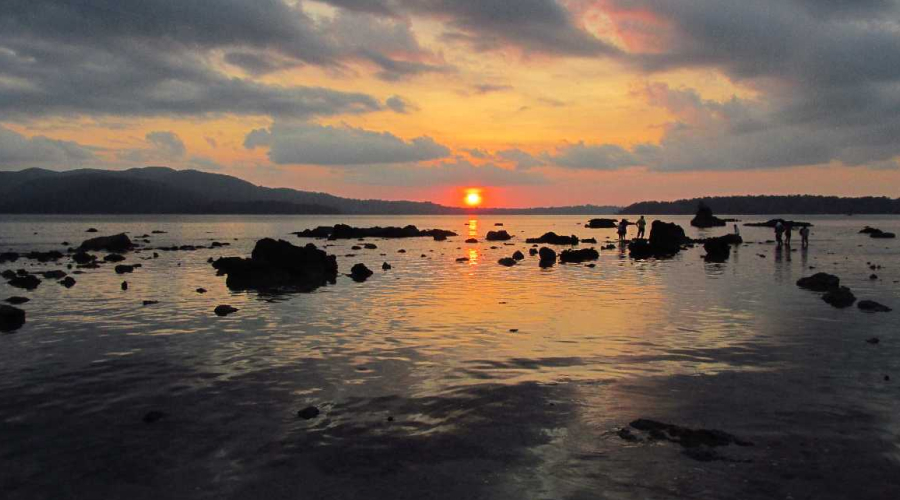
Also known as the “Bird Island,” Chidiya Tapu is a renowned bird watching destination. It is a favourite haunt for most bird watchers to have glimpses of their beloved bird species in Andaman. It contains a deciduous forest and has some mangrove clumps that give an interesting mix to the range of birds available. The wet areas will win your heart with Chinese pond herons, collared kingfishers and white-throated kingfishers. The Biological Park at Chidiya Tapu opens its gates to a winged paraphernalia of colourful, merry flocks of birds. You can enjoy the sight of long-tailed parakeets, Andaman shama, orange-headed thrush and Andaman green pigeon. The stork-billed kingfishers and the blue-tailed bee eaters might just take your breath away if you are a sincere bird lover and an enthusiastic bird watcher.
Chidiya Tapu’s wide variety of habitats, including mangroves and coastal areas, attract a diverse range of bird species that include Andaman bulbuls, Andaman woodpeckers, Andaman Treepies, Andaman drongos, forest wagtail, emerald dove, Eastern yellow wagtail, Taiga flycatcher. Some close views are definitely on the cards and for a camera person, beautiful shots of birds are a bonus to all the joy and adventure in the wilderness of Andaman forests.
2. Sippighat Wetland, Port Blair
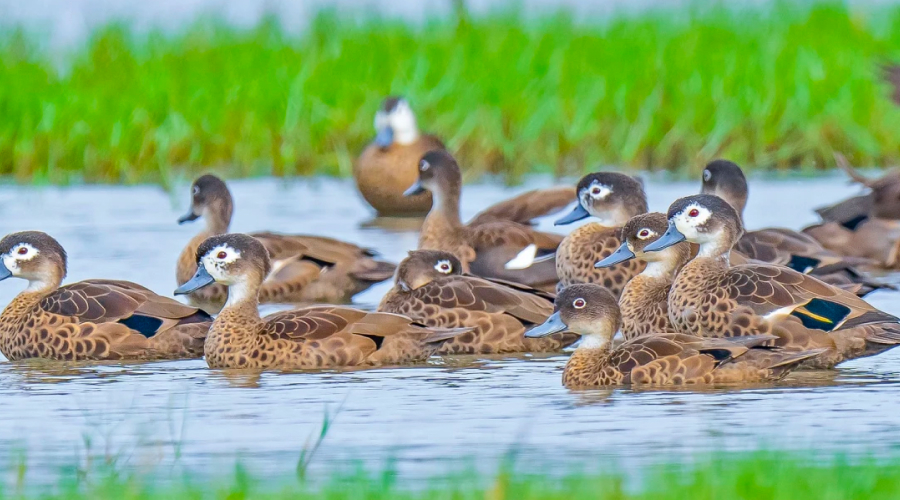
Here you can watch in wonder the rare bird species such as the slaty-breasted rail and the pin-tailed snipe along with yellow and cinnamon bitterns and white-browed crake. Andaman teals, red-necked and long-toed stints, white-bellied sea eagles and going to be your precious discoveries if you are watchful. Pacific swallows might peep at you from the corners and you can utilize the full daylight hours scouting and following, gazing and staring at these beautiful bird species of Andaman. Sippighat is ideal for the water-birds of Andaman and Nicobar. This is a wetland. Along with other wetlands such as the Garacharma which is a large, shallow, tidal lake and Ograbaij which is a marshland, it has Sunda teal, great knot, mangrove whistlers, lesser whistling duck, marsh sandpiper, oriental reed warblers, cotton pygmy goose, grey-headed lapwing, Indian and Chinese pond herons, swamphen and flocks of yellow and black bitterns.
3. Saddle Peak National Park:
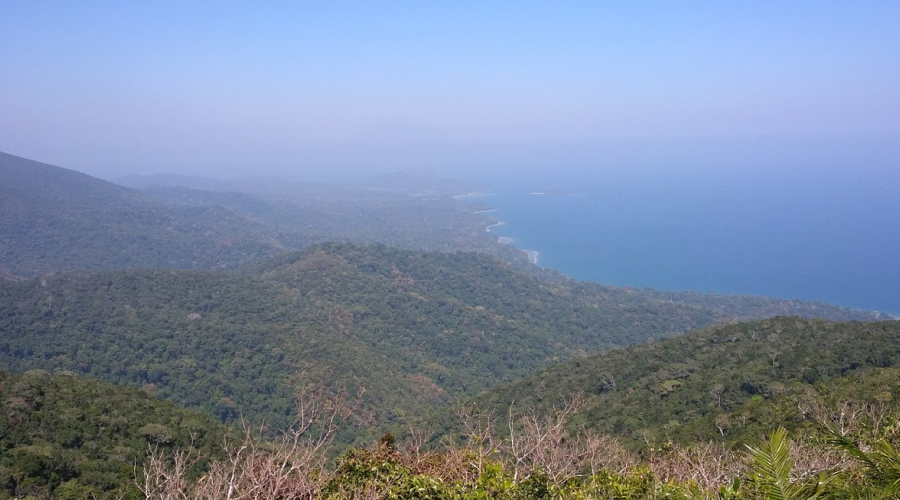
The highest point in the Andaman Islands, Saddle Peak National Park, provides opportunities to spot endemic and migratory birds in a dense tropical forest setting. Diglipur, located in North Andaman, is the home to the Saddle Peak National Park. This is a superbly vantage point and is ideal for birdwatching and bird photography. The park’s tropical rainforests are inhabited by species such as Andaman wood pigeon, Andaman drongo, Andaman coucal and Andaman scops owl, which are the among the most common and fascinating birds found in this archipelago.
4. Mount Harriet National Park
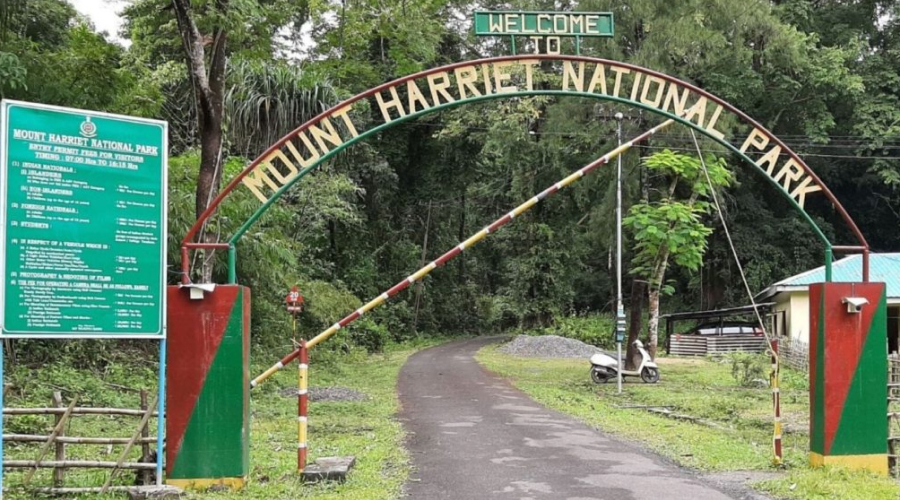
The tropical weather prevailing across most of these islands make these parts of the globe a place for proliferation of unique species of birds. These islands are all year-round destinations for tour and travel and the tropical habitat is congenial for birds to stay, breed and live. The migratory bird species keep on visiting and leaving the island and some of the species can be found specifically on the island that may not be sighted at any other island. This national park, located in South Andaman, is quite popular for its birdlife. It has trekking trails meandering through lush greenery, providing opportunities to observe both the resident and exotic migratory birds.
5. Cinque Island
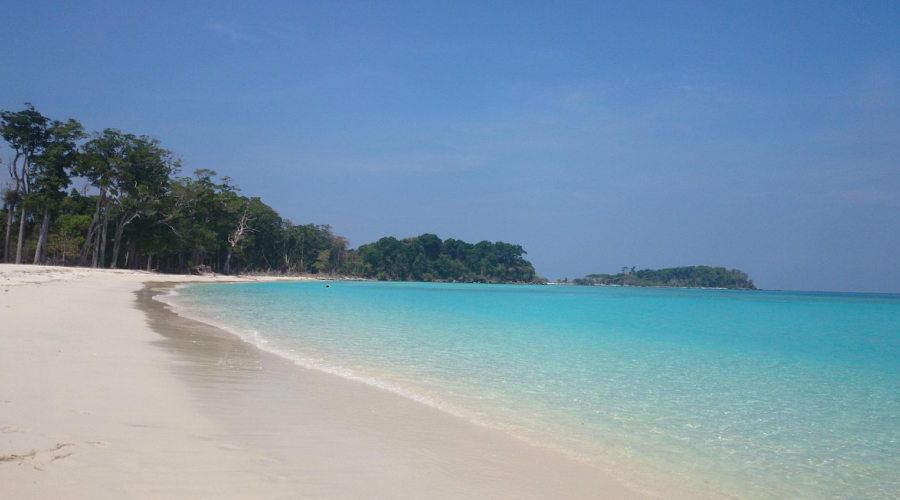
Cinque Island is a great spot for birdwatching, surrounded by coral reefs. It’s an ideal location for both avian enthusiasts, nature lovers and marine life enthusiasts. Cinque Island offers diverse habitats, including dense forests, coastal areas, and rocky shores. These varied environments attract a range of bird species. This island has bird paradise along its coasts. Coastal areas around Cinque Island provide opportunities to spot a variety of shorebirds, waders, and seabirds. Look for species adapted to the intertidal zones. The mangrove birds here are a delight to watch. Similarly, the forest birds found in the interior of the island, wherever accessible, is a rich harbour for forest birds. The endemic species and migratory birds that use the island as a stopover are to be taken into account. While underwater activities are the main attractions around Cinque Island, seabirds are a common sight, flying over the sea, during specific times of the year.
6. Farar Ganj
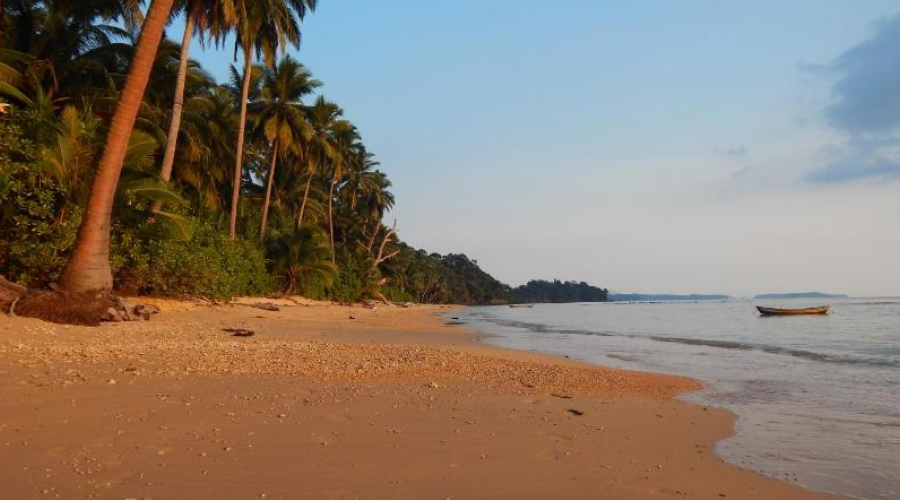
Farar Ganj is an ideal place for observing endemic birds. Here as in any other place morning is the best time to catch the flurry of birds’ glory. Travel to this place and arrange a stay overnight as the trip can be exhausting. Venture out from morning till afternoon. The birds might be seen a bit lethargic and resting in the afternoon times but you can be assured of their sighting even at noon and after sunset. Here one should not miss the adventurous night birding where one can watch the fascinating night owls like Andaman barn-owl, Hume’s hawk owl, Andaman scops-owl, and more that can be seen in open fields or perched on selective trees. It is an experience one should never miss out on for a lifetime memory and is an ideal opportunity for night birding photography.
7. North Wandoor
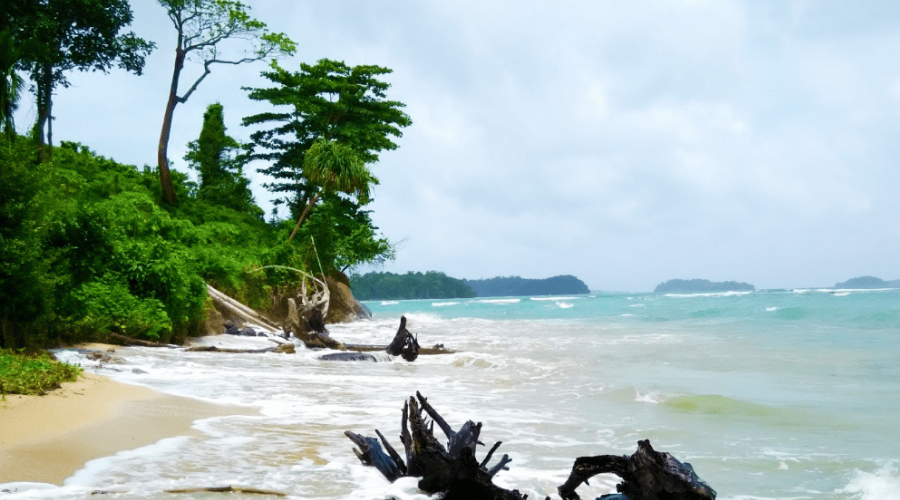
Speaking of North Wandoor, the area is rich in a milieu of birds. Starting from the shore end to even the village areas, you will observe a wide diversity of a mix of all sorts of habitats. The major birds that appear to the interested wanderers can be summarized as chestnut-headed bee-eater, brown coucal, red-breasted parakeet, oriental scops owl, brown hawk owl, edible nest swiftlet, common snipe, black-naped tern, white-bellied sea eagle, black-naped oriole, Andaman drongo, orange-headed thrush, olive-backed sunbird, white-rumped munia.
8. Neil Island
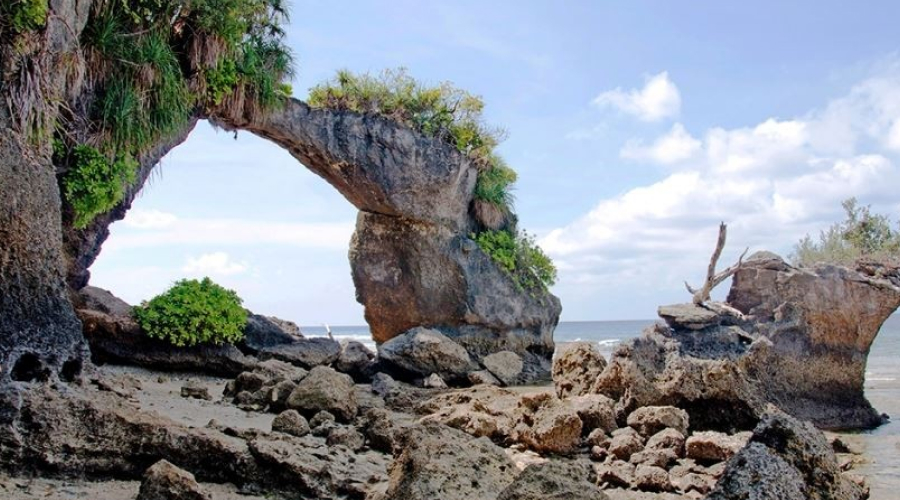
Neil Island, with its serene atmosphere, offers spectacular bird watching opportunities, especially in areas with lush vegetation and also along the coastline. There are four major reasons that make Neil Island an important destination for bird watching.
Lush Greenery: Neil Island is marked by lush greenery, and diverse areas of various landforms, including forests and plantations. These areas can therefore be rewarding for birdwatching. Birding tours through the island’s interior can reveal both resident and migratory bird species.
Coastal Areas: The coastal areas and beaches of Neil Island, including areas surrounding the natural rock formations, provide ample scope of spotting coastal and shorebirds. Here you catch the species that frequent the intertidal zones.
Neil Kendra Village: The village areas, with their mix of vegetation and human habitation, can attract birds adapted to these surroundings. Birdwatching in and around the village can be an altogether different experience to notice how the bord species and the village inhabitants co-exist in peace and harmony.
Natural Bridge Area: The Natural Bridge area is known for its unique geological formations. While exploring this site, birdwatchers may come across those species that are adapted to both coastal and inland habitats.

